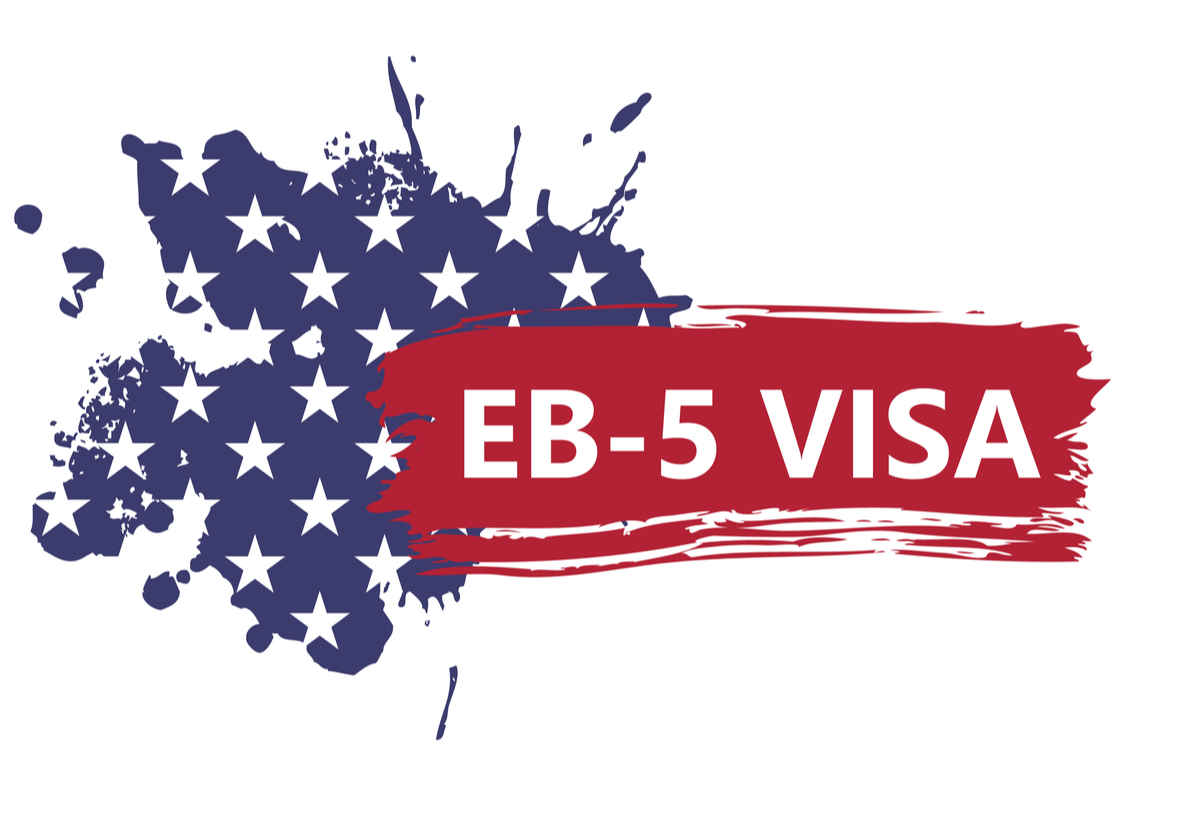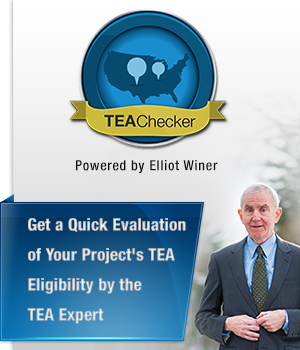 The EB-5 program requires that an investor seeking lawful permanent residency through investment to make a $1,000,000 investment into a new commercial enterprise that will create at least ten U.S. jobs per investor. The $1,000,000 investment threshold can be reduced to $500,000 if the EB-5 project is located in what is known as a “Targeted Employment Area,” commonly referred to as a “TEA” in EB-5 lingo. A TEA is defined by federal immigration regulations as either a rural area or an economically distressed area that has experienced an unemployment rate of at least a 150% of the national average. The unemployment data used in a TEA designation can be based on state, county, city or census tract data.
The EB-5 program requires that an investor seeking lawful permanent residency through investment to make a $1,000,000 investment into a new commercial enterprise that will create at least ten U.S. jobs per investor. The $1,000,000 investment threshold can be reduced to $500,000 if the EB-5 project is located in what is known as a “Targeted Employment Area,” commonly referred to as a “TEA” in EB-5 lingo. A TEA is defined by federal immigration regulations as either a rural area or an economically distressed area that has experienced an unemployment rate of at least a 150% of the national average. The unemployment data used in a TEA designation can be based on state, county, city or census tract data.
Understandably, most foreign nationals looking to obtain lawful permanent residency in the U.S. through the EB-5 program are interested in realizing this goal for a lower price tag- the logic being why pay $1,000,000 for a green card when I can get it for $500,000? It is because of this demand in the market that most EB-5 regional center projects are located in TEAs.
Because of the importance of determining the investment amount that they will be subject to, one of the first things that EB-5 investors often ask me as counsel is to explain to them the nuances of determining whether their project is in fact located within a TEA. It is at this point that I explain to clients the process by which TEAs are issued, as well as when they are effective.
Although, a regional center may obtain a TEA designation at the time that it applies for its designation from the USCIS, the actual TEA is not adjudicated by USCIS until the time that the investor submits their I-526 (EB-5) petition or makes their investment in the new commercial enterprise, whichever occurs first. If the regional center uses an escrow to hold funds until EB-5 petition approval, the TEA is determined at the time of filing the I-526.
This is an important point to understand. A regional center may become designated as a regional center one year but if the unemployment data changes the next year when investors actually begin to file their EB-5 petitions, the project may no longer be considered to be in a TEA and USCIS may come back and tell the investor that they must make a $1,000,000 investment in order to qualify for the EB-5 visa. For this reason, it is always important that immigration counsel and their clients request that the center provide them with their most current TEA designation letter. If the letter is more than a year old, counsel should inquire as to whether they will receive an updated letter from the appropriate agency prior to filing their I-526 petition.
Another critical point that investors must understand with respect to TEAs is that there is no uniform process for granting them. A state may have an agency that issues a TEA certification letter but it is not required to. Timing of issuance of the letters- annually, bi-annually or even monthly may also differ by state making the process uncertain depending on the location of the project. In certain instances, where a state does not issue a TEA designation at all, the regional center may have to apply directly to USCIS to receive TEA designation status, as under the regulations the agency is also permitted to issue a designation.
Nonetheless, there are certain steps that investors can take in performing their own research to determine if a project qualifies for a $500,000 investment:
Investments in Rural Areas:
To demonstrate that a project is located in a rural area, the regional center must demonstrate that:
• It is not located within a metropolitan statistical area (MSA); and
• It is not located within any municipality that has a population of 20,000 or greater as defined in the most recent U.S. census.
The Census Bureau has two websites to assist investors in determining if the project is located in a rural area. These websites provide maps of MSAs by each state. Likewise, the American Fact Finder permits EB-5 investors to look up a street address to determine if the project that they are considering for investment is in a rural location.
High Unemployment Area
To show that the project is located in an economically distressed area, investors will need to show that the project is
• Located within a MSA; and
• Is in an area that has experienced an unemployment rate of 150% of the national average.
National and state unemployment rates can be found on the Bureau of Labor Statistics’ website. Some state agencies also list unemployment data by either county, city or census tracts on their websites. Where the information is not located online, a regional center’s economist will contact a designated state agency for a TEA certification letter or apply directly to USCIS for TEA designation. USCIS has also stated that they will accept the aggregation of contiguous census tracts commonly referred to as “gerrymandering” to create a high unemployment area if accompanied by a state designation.
A few other important things for investors to remember with respect to TEAs are that:
- States are not obligated to issue TEA designation letters. For example, earlier this Spring, California introduced a new web page which lists the qualifying state TEAs that include certain counties, cities, MSAs and census tracts. California stated that the goal of this new approach was to allow investors to know immediately if their project is located within a TEA. Projects that are not listed on the website will not be eligible to receive a formal certification letter from the state of California.
- On the other end of the spectrum, states that want to encourage EB-5 investment cannot designate TEAs that do not meet the regulatory definition of a TEA.
- Regional center projects cannot circumvent EB-5 rules by making their headquarters in a TEA and doing business in other locations. The job creating project must be principally doing business in a TEA.
USCIS will no longer question or challenge a state’s TEA designation.
DISCLAIMER: The views expressed in this article are solely the views of the author and do not necessarily represent the views of the publisher, its employees. or its affiliates. The information found on this website is intended to be general information; it is not legal or financial advice. Specific legal or financial advice can only be given by a licensed professional with full knowledge of all the facts and circumstances of your particular situation. You should seek consultation with legal, immigration, and financial experts prior to participating in the EB-5 program Posting a question on this website does not create an attorney-client relationship. All questions you post will be available to the public; do not include confidential information in your question.









